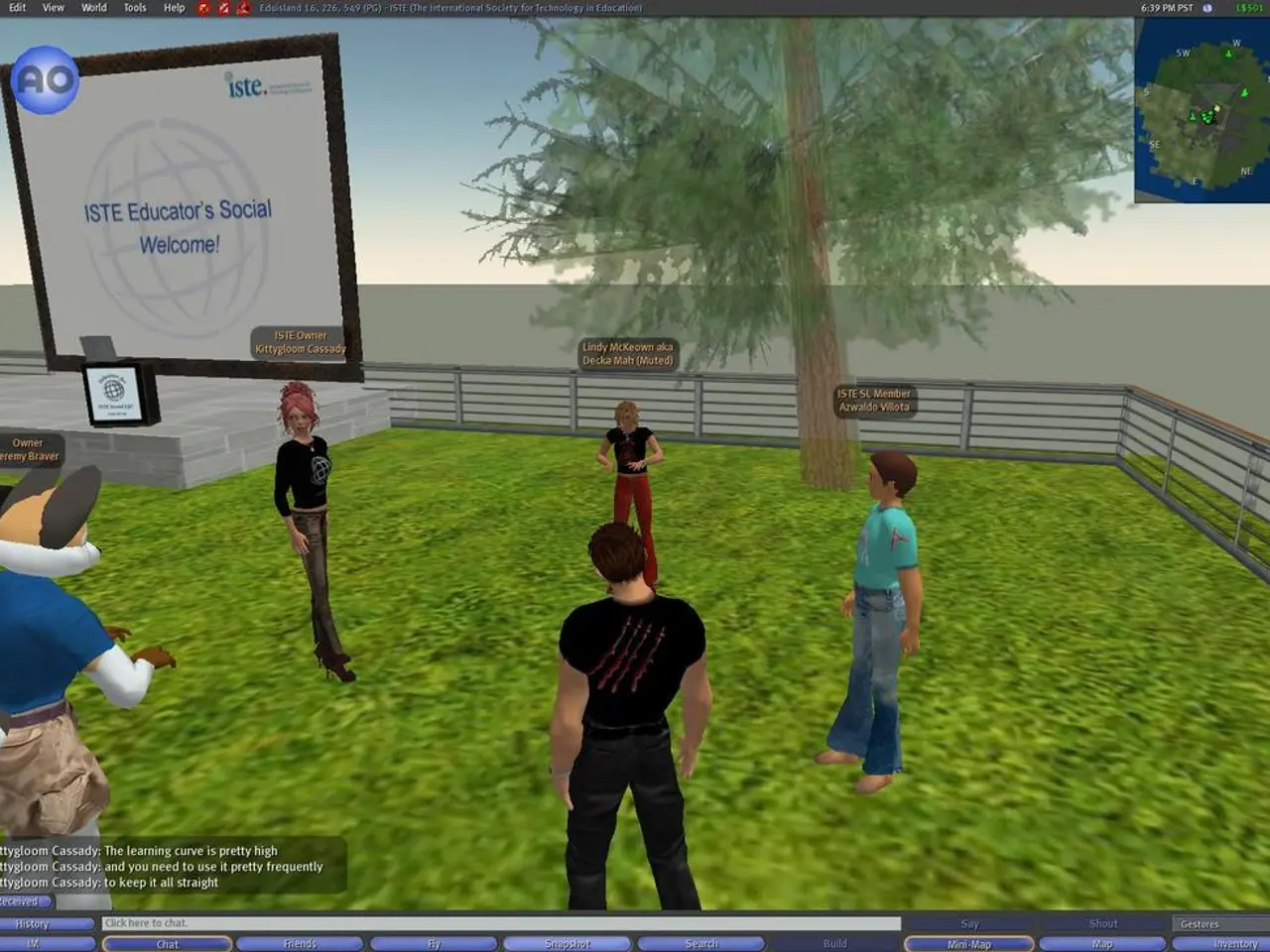Exploring the Impact of Maps on Cognitive Functioning
In the realm of cognitive science, map cognition stands as a fascinating area of study that delves into our brain's unique ability to use, interpret, and think about maps. This intriguing field sheds light on how our brains transform two-dimensional (2D) maps into three-dimensional (3D) mental landscapes, a process that plays a crucial role in navigation and spatial understanding.
One of the key experts in this field is Professor Bill Limpisathian, a renowned authority on cartography. His research focuses on the complex cognitive function that underpins map cognition, with the potential to revolutionise the way we think about mapping tools and strategies.
The process of interpreting a 2D map and converting it into a 3D mental map is a complex cognitive function that involves multiple brain regions. These include the hippocampus and parahippocampal gyrus, which are responsible for encoding and supporting cognitive maps - internal mental representations of spatial environments in multiple dimensions. The hippocampus, in particular, plays a pivotal role in relational processing, linking spatial cues and contextual information to facilitate the conversion from 2D to 3D spatial representations.
Other crucial brain areas involved are the medial prefrontal and parietal cortices, which engage in higher-order internally directed cognition, including the integration and manipulation of spatial information to form dynamic 3D mental maps from 2D inputs like maps or images. The lateral parietal cortex also contributes to prospective spatial cognition, enabling us to anticipate spatial layouts and changes.
The conversion process can be broken down into three key stages:
- Encoding 2D map features, such as landmarks and spatial layouts visualised on flat surfaces.
- Reconstructing depth and spatial relations by integrating prior knowledge, memory, and spatial cues using hippocampal cognitive maps.
- Manipulating these representations flexibly in working memory, supported by prefrontal and parietal areas, to generate a 3D understanding that guides navigation and spatial reasoning.
The study of map cognition offers valuable insights into how our brains process spatial information, a field that has applications in various domains such as urban planning and geography. Researchers like Steve Paulson are also delving deeper into the neural mechanisms underlying map cognition, seeking to understand how our brains interpret maps and the intricate processes that make this possible.
In conclusion, the conversion of a 2D map to a 3D mental map is a distributed brain function, primarily reliant on hippocampal relational memory and cortical networks focused on internally directed cognition and spatial processing. This intricate process enables humans to contextualise flat spatial data into navigable, volumetric mental models, an essential skill that underpins our ability to navigate and reason about space.
- In the health-and-wellness domain, understanding the cognitive processes involved in map cognition can potentially improve our spatial understanding and navigation skills, boosting fitness-and-exercise performances in day-to-day life.
- The findings from the study of map cognition have implications in various branches of science, such as psychology and neuroscience, and could contribute to the development of health-and-wellness programs that emphasize spatial awareness and navigation skills, promoting fitness-and-exercise benefits.




